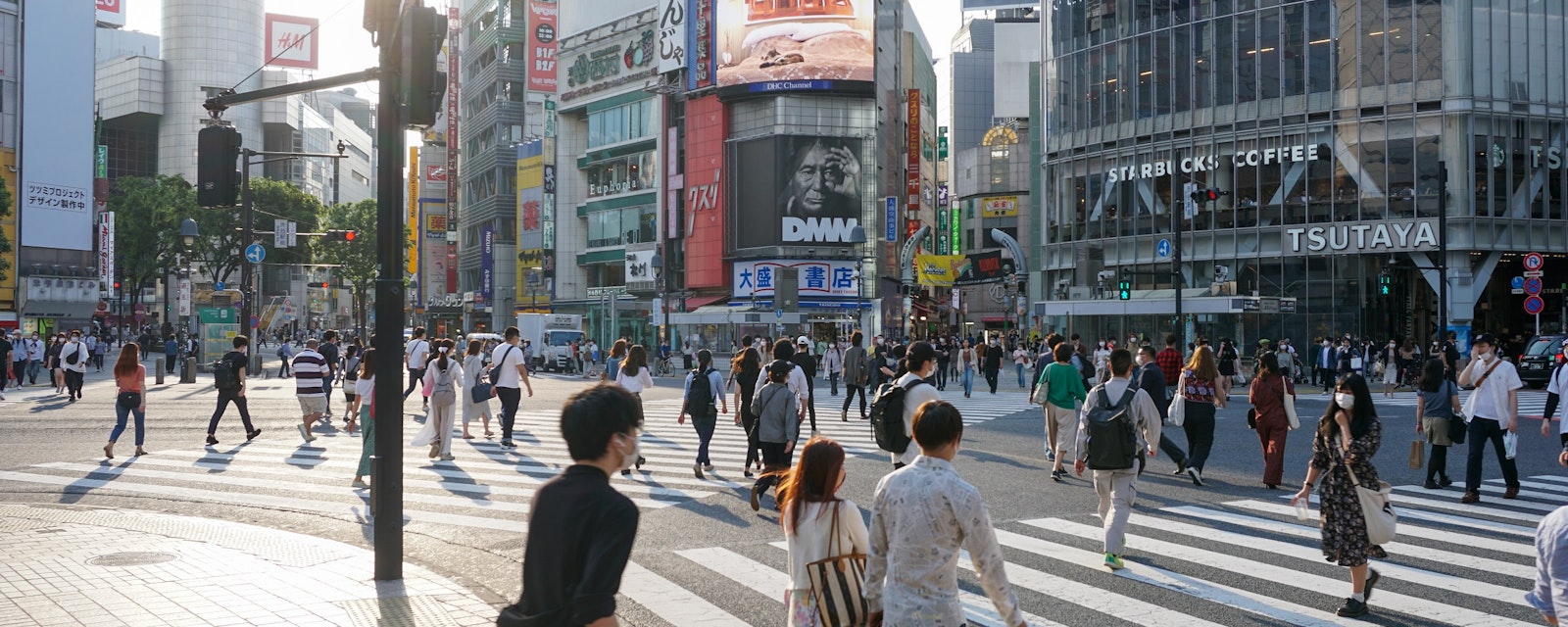Nine prefectures reported record-high numbers of new cases on Wednesday, 29 July, as the number of new daily cases nationwide exceeded 1,000 for the first time. Neither prefectural governments nor the national government wants to suspend business and social activities again; the national government is exploring new ways of encouraging social distancing and economic activity. The rising case numbers have led to renewed criticism of the government’s containment regime, including problems with the testing and contact tracing programs.
Japan reported more than 1,000 new Covid-19 cases in a single day for the first time on Wednesday, 29 July, the latest sign that the pandemic, once contained, may again pose a threat to Japan’s medical system, not only in Tokyo but in other major cities as well. Whereas for a time Tokyo had significantly more cases than any other part of the country, the latest figures show that large numbers of cases are now being reported across Japan. The 1,264 cases reported Wednesday included 250 in Tokyo; a record-high 221 in Osaka; record highs in Fukuoka and Aichi prefectures, home to major cities Fukuoka and Nagoya; and seven other prefectures. For the first time, all 47 prefectures reported new cases, as Iwate prefecture in northern Japan reported its first two cases ever. Not only are large numbers of cases emerging in multiple urban centers, but medical authorities have also been unable to trace an increasing share of the new cases.
Despite the continuing increase in case numbers, however, the Abe government is still determined to avoid imposing another round of business suspensions and is not considering a new state of emergency or reintroducing requests that individuals refrain from unnecessary travel or avoid large gatherings. The government is gambling that the latest infections have been relatively mild and concentrated among younger people, the medical system has ample capacity, and that voluntary efforts to encourage more compliance with sound public health practices will be adequate to keep the disease from spreading further. That said, the administration is exploring ways to contain the rising number of infections without sweeping restrictions on business and social activities. Most notably, the government’s advisory subcommittee is studying the introduction of a uniform standard or set of standards – which could include tracking the share of infected individuals over 60, hospital bed occupancy, the surplus capacity of isolation facilities for mild cases, or the positivity rate – that would help local and prefectural governments decide whether to request business closures, limit business hours, or impose other controls.
Prefectural governors themselves have not necessarily been more eager than the national government to order businesses to close again. Instead, they have urged self-restraint on the part of individuals and called upon businesses – particularly higher-risk drinking establishments – to comply with social distancing guidelines. But if case numbers continue to rise, some governors may have to begin to request business closures to comply with their own criteria. According to Osaka prefecture’s “Osaka model,” for example, if severe cases occupy at least 35% of hospital beds or mild- to moderately serious cases occupy at least 50%, the government will have to request that at least some higher-risk businesses close. Tokyo Governor Yuriko Koike, meanwhile, has warned that the Tokyo metropolitan government cannot afford to compensate businesses forced to close.
The implication is that prefectural governors will likely try to shift the burden for shutting down business again to the national government. The Abe administration is still trying to strike a balance between containing Covid-19 and boosting the economy. To this end, on Monday, 27 July, Chief Cabinet Secretary Yoshihide Suga proposed that individuals take “workations,” using the new “Go To Travel” campaign to telework from resorts and other vacation destinations. The government’s Covid-19 point man, Yasutoshi Nishimura, said Sunday that he wanted employers to aim to have as many as 70% of their workers telecommuting.
But whether these ideas are enough to boost economic activity, the government is also facing renewed criticism that its Covid-19 containment regime is inadequate. The polymerase chain reaction (PCR) testing program in particular has been criticized for the underutilization of private labs, difficulties individuals still encounter when trying to receive a test, and the lengthy time to process PCR tests. Meanwhile, as of 21 July, there had been fewer than 8mn downloads of the Ministry of Health, Labor, and Welfare (MHLW)’s contact tracing app. The government may also be contending with a shortage of contact tracers at local public health centers, particularly as the number of cases rises across the country.
The attempt to combat Covid-19 without shutting down the economy again is risky for Prime Minister Shinzo Abe. Abe’s approval ratings have not recovered after he was criticized for being too indecisive when case numbers first rose, and if he were perceived as acting too slowly again, his support could fall further. Abe has already attracted public scorn again after the MHLW announced this week it would distribute another 80mn cloth masks nationwide, prompting a new wave of derision about the government’s wasting taxpayer money on “Abe-no-masks” (‘Abe’s mask,’ a play on Abenomics, and the term coined to describe Abe’s pledge to distribute masks when the pandemic first peaked in April).





